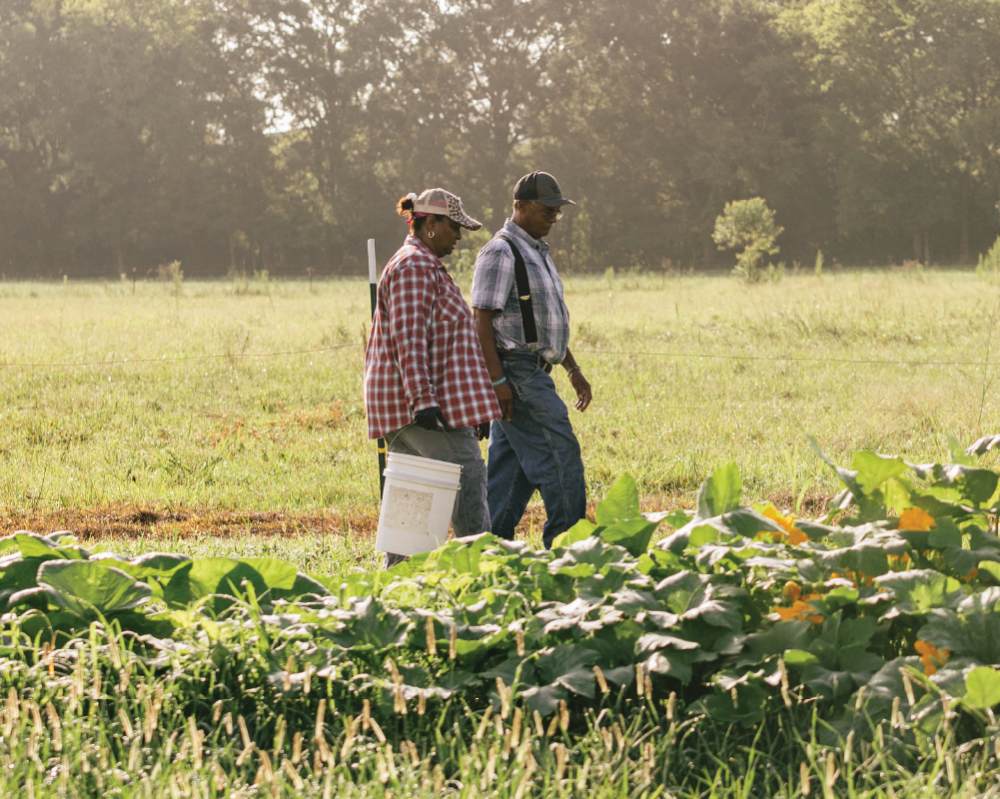In 2020, 96 percent of rural counties received TEFAP food items distributed by a food bank within the Feeding America network.
TEFAP is delivering for our rural neighbors in need.
The Emergency Food Assistance Program (TEFAP) is a federal nutrition program that helps charities like Feeding America, the largest hunger relief organization in the U.S., deliver nutritious foods from farmers to food banks to communities every day. USDA data shows that 1 in 3 people who live in households at risk of hunger earn too much money to qualify for the Supplemental Nutrition Assistance Program (SNAP) and other federal nutrition programs. Many of these people turn to food banks for support. Programs like TEFAP are vital for food banks to help these families.
Last year, our food bank network distributed 1.2 billion pounds to rural America. Of all the food that was distributed, USDA commodities like TEFAP provided 465 million pounds of food to rural communities.

